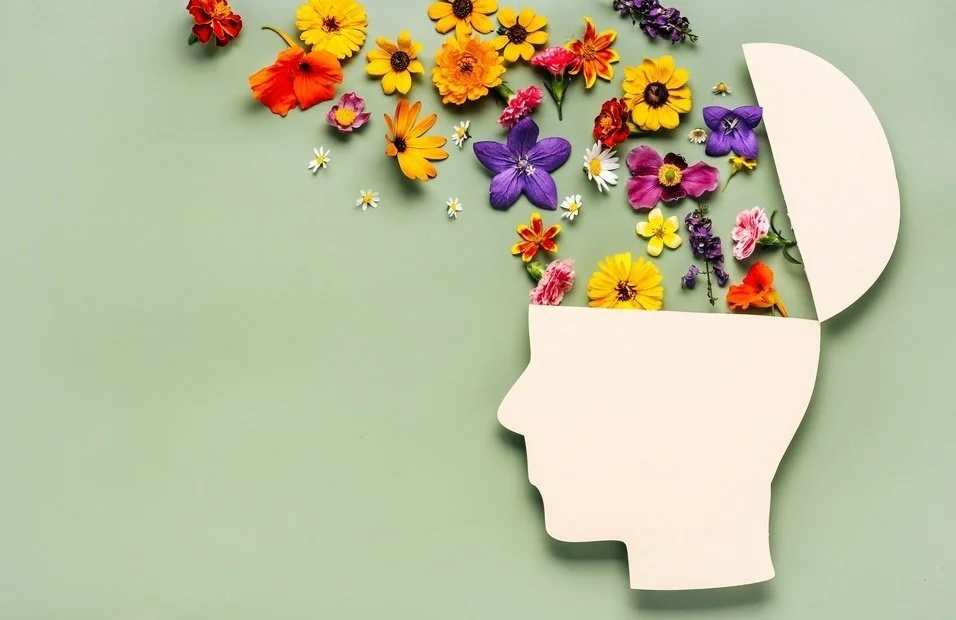Managing Emotions Through Mindfulness
In a time when much of life feels beyond our control, managing emotions through mindfulness may offer the key to finding calm during the storm. Amidst the uncertainty of coronavirus, we are collectively noticing many daily experiences with a new urgency and clarity: from the way we motivate ourselves, to how we place trust in our work, and how quickly we consume a bag of clementines.
Stress, when rooted in issues of scarcity or uncertainty, can activate primal instincts of danger. We are more likely to feel fearful and behave reactively, setting off signals of stress in our bodies.
However, these experiences offer opportunities to notice our patterns of behavior and choose to change. Mental skills, like emotional recognition and regulation, can help us handle complicated emotional experiences. By practicing these skills, you can prepare yourself to handle both internal and external challenges. Dr. Dan Siegel’s recent book, Mindsight, provides a beautiful illustration of how we can learn to witness our emotions rather than become captive to them.
Tune Into Your Feelings
Recognizing emotions is an important part of mindfulness. The American Psychological Association defines mindfulness as a state of “moment-to-moment awareness of one’s experience without judgment.”
Mindfulness teaches the mind to pause and pay attention to what is happening in the present. This awareness leads to the ability to consciously choose the next right thing to do, moment-to-moment.
There is a reason why this word has become a critical talking point across disciplines, such as childhood education, psychological healthcare, and the wellness industry. Research has consistently shown mindfulness exercises can decrease emotional reactivity, improve the stress response and boost self-control and well-being. People of all ages and backgrounds can learn emotional intelligence and regulation through mindfulness practices. As a result, people can experience benefits to mental health, clarity, flexibility, and the ability to respond effectively to stress.
Start Simple
The goal of mindfulness is to reach a heightened state of emotional intentionality and well-being through awareness of the present moment. The most successful mindfulness practices can be based on your knowledge of yourself and what you like.
It is easier to be present when you are experiencing something that makes you feel good! What makes you feel good?
You may enjoy the sounds or sights of nature, the rush of exercise, or wrapping up in a cozy blanket. Making a practice of finding small moments or feel-good experiences every day is a great way to start. When you encounter or create that moment, embrace it. Focus your attention on what that enjoyment feels like. Try to engage all five senses, and notice how you feel and both physically and emotionally, if possible. When the experience is over, let it go, and move on to whatever you need to do next.
Once you become familiar with this process, try adding in some structure for yourself. Find a small moment that feels good, frequently or intermittently based on your schedule. If you happen to be working from home and are struggling to stay on task, try making a work/play schedule for yourself. Practice finding a moment that feels good during the designated “play” time. You could use this time to stretch, watch something funny, talk to someone who makes you smile, lie down on your bed, snuggle a pet or eat a healthy and yummy snack. Choose a fun activity to practice experiencing only what is directly in front of you!
Lean Into Challenging Emotions
Mindfulness naturally leads to an increased awareness of how you are feeling. As a result, the next step is to practice self-care when you feel difficult emotions such as stress, fear or anger.
Challenging emotions will not go away – they are part of everyday life. Nevertheless, we can change how we react to stressors and unpredictability.
With mindfulness, you can recognize what is happening internally and externally at any given moment. When you start to feel a difficult emotion, you can notice it and take action to help yourself through the situation.
Embrace What You Can Control (…and maybe your inner child)
Try to think of the last time you felt completely relaxed and comfortable. Now, make note of your surroundings at that time, to the best of your ability. Were you cozy in a blanket? Hugging a loved one? Were you taking a hot shower or bath? There are many “resets” available that work for people. As a starting point, think about what soothed you as a child. Did you need a hug or space to be alone? Perhaps you recall a time when you felt cared for and supported.
Treating yourself like you would treat a young child, with compassion and understanding, can be healing. We love our children and want to help them, and we deserve to afford the same kindness and care to ourselves.
Begin to pay attention to your body and emotions in tough situations. Perhaps you are in a negative interaction, have a stressful deadline, or your cat just knocked over (and possibly killed) your favorite plant. These experiences offer an opportunity to take a moment to pause, breath,e and choose how to take care of yourself. Be fair and kind. Ask yourself, do you want a break? What do you really need? Do your best to give yourself the care that you deserve in challenging moments.
Feeling overwhelmed? We are here to help. Reach out to a Sage House therapist today. We look forward to hearing from you!








